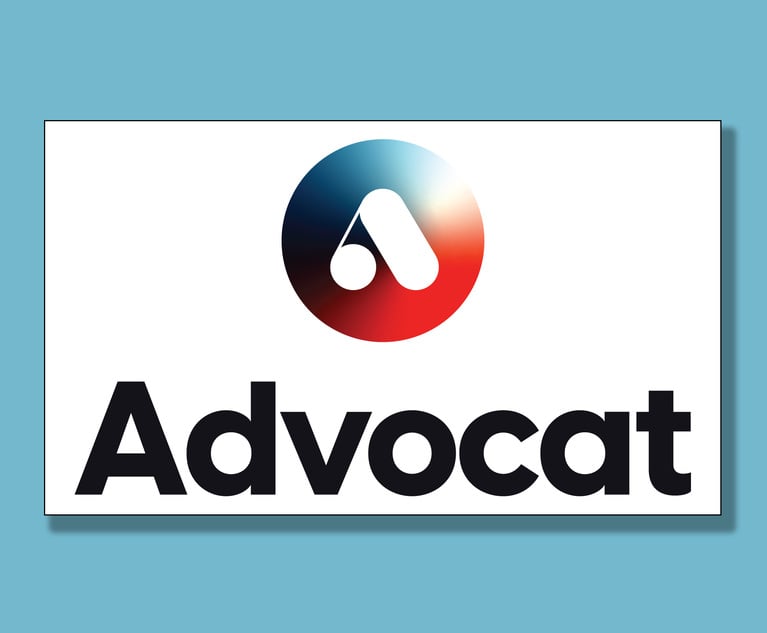The timecard is the unit of revenue for law firms and is therefore the most critical means of interacting with the client: It is the most direct communication of value and, as such, can help build or destroy the attorney-client relationship.
Outside counsel guidelines (OCG) have complicated this fundamental client touchpoint, however. Specifically, 79% of clients reported using OCG to control for the primary purpose of controlling costs—and this means billing. In general, OCG stipulate contractual terms and conditions across these three main areas:
- Process and procedures such as conflicts, case assessment, status reporting, and staffing;
- Policies and policy management including security and cybersecurity, general compliance, confidentiality; and
- Client billing guidelines, including fees, expenses, invoicing procedures, and appeals.
This content has been archived. It is available through our partners, LexisNexis® and Bloomberg Law.
To view this content, please continue to their sites.
Not a Lexis Subscriber?
Subscribe Now
Not a Bloomberg Law Subscriber?
Subscribe Now
LexisNexis® and Bloomberg Law are third party online distributors of the broad collection of current and archived versions of ALM's legal news publications. LexisNexis® and Bloomberg Law customers are able to access and use ALM's content, including content from the National Law Journal, The American Lawyer, Legaltech News, The New York Law Journal, and Corporate Counsel, as well as other sources of legal information.
For questions call 1-877-256-2472 or contact us at [email protected]


 Credit: iStock/Cristian Baitg
Credit: iStock/Cristian Baitg




